Detailed Report On Rice Mill
A rice mill is a facility that converts harvested rice into white rice by removing the germ, bran, and husk. Rice must be cleaned, hulled, processed, sorted, and packaged before being distributed or consumed.
Contact Us
What is Rice Mill?
Detailed Report on Rice Mill is as follows.
Rice is one of India’s most essential staple foods and contributes significantly to the country’s agricultural business. Rice milling is the process of separating the husk, bran, and germ from paddy to produce white rice. Rice milling is an important method for generating edible rice, and it is widely utilized in India. India is the world’s second-largest rice producer, and rice output has expanded dramatically over the years, making it a key agricultural export. With rising production, demand for rice mills has soared, creating job opportunities and producing cash for many people around the country. Rice milling has a long history and has been vital to many cultures and civilizations. Rice milling has a lengthy history and has been an essential component of many cultures and civilizations for thousands of years.
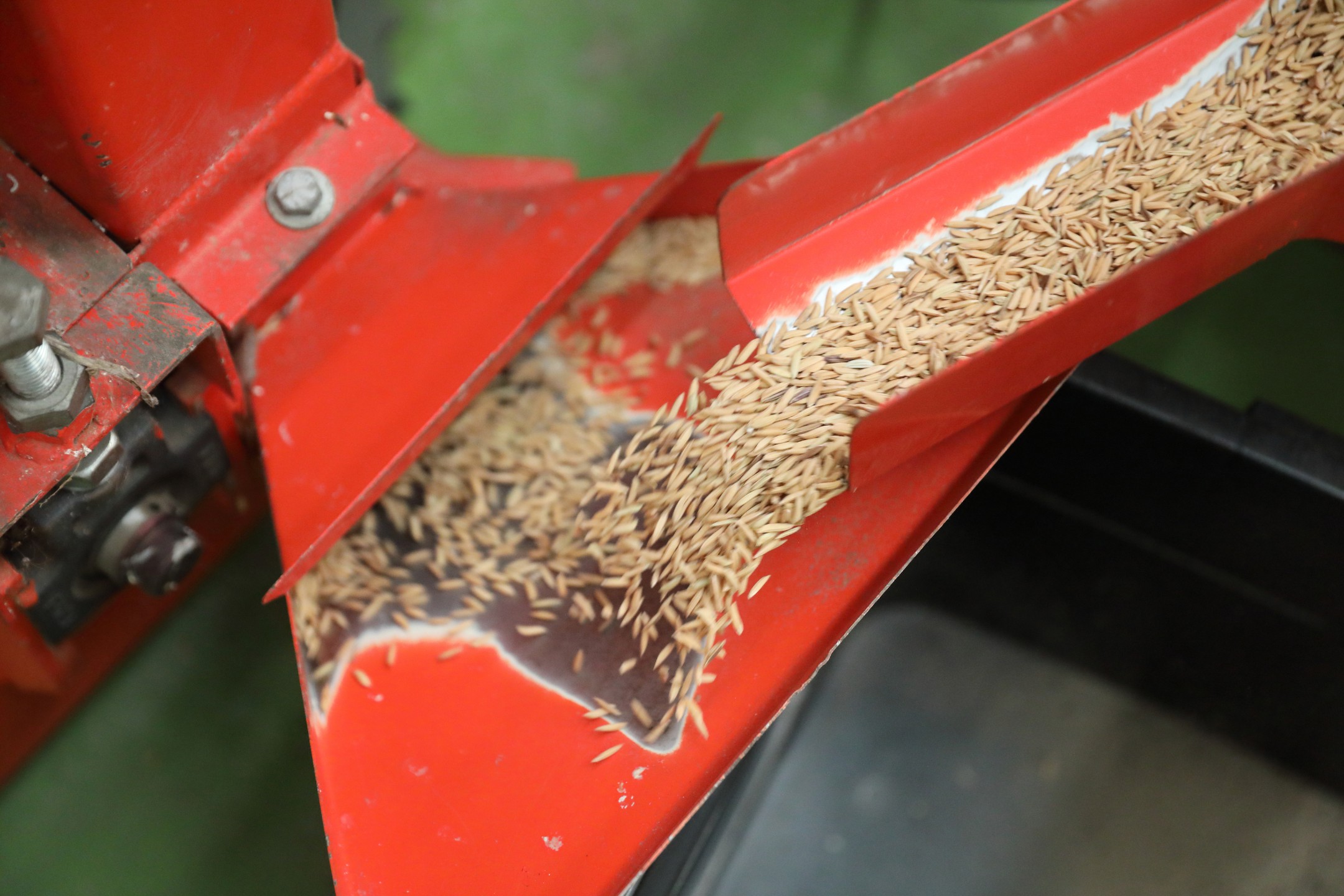
Since its inception, India’s rice milling industry has grown tremendously, using cutting-edge technology and techniques to produce high-quality rice products. The industry today incorporates cutting-edge technology and machinery, including as new parboiling facilities, color sorting machines, and hullers. These machines help to produce rice that is free of impurities, white, and with a regular grain size.
Rice milling is an important stage in the manufacturing of polished rice because it eliminates the outer layers of the rice grain, which are unpalatable and can cause digestive problems if taken in excessive quantities. Rice milling normally consists of numerous phases, including pre-cleaning, de-husking, and polishing. Pre-cleaning entails removing all foreign materials from the paddy, such as dirt, stones, and trash. De-husking is the process of removing the husk layer from the paddy, which is subsequently polished to create a smooth, shining grain.
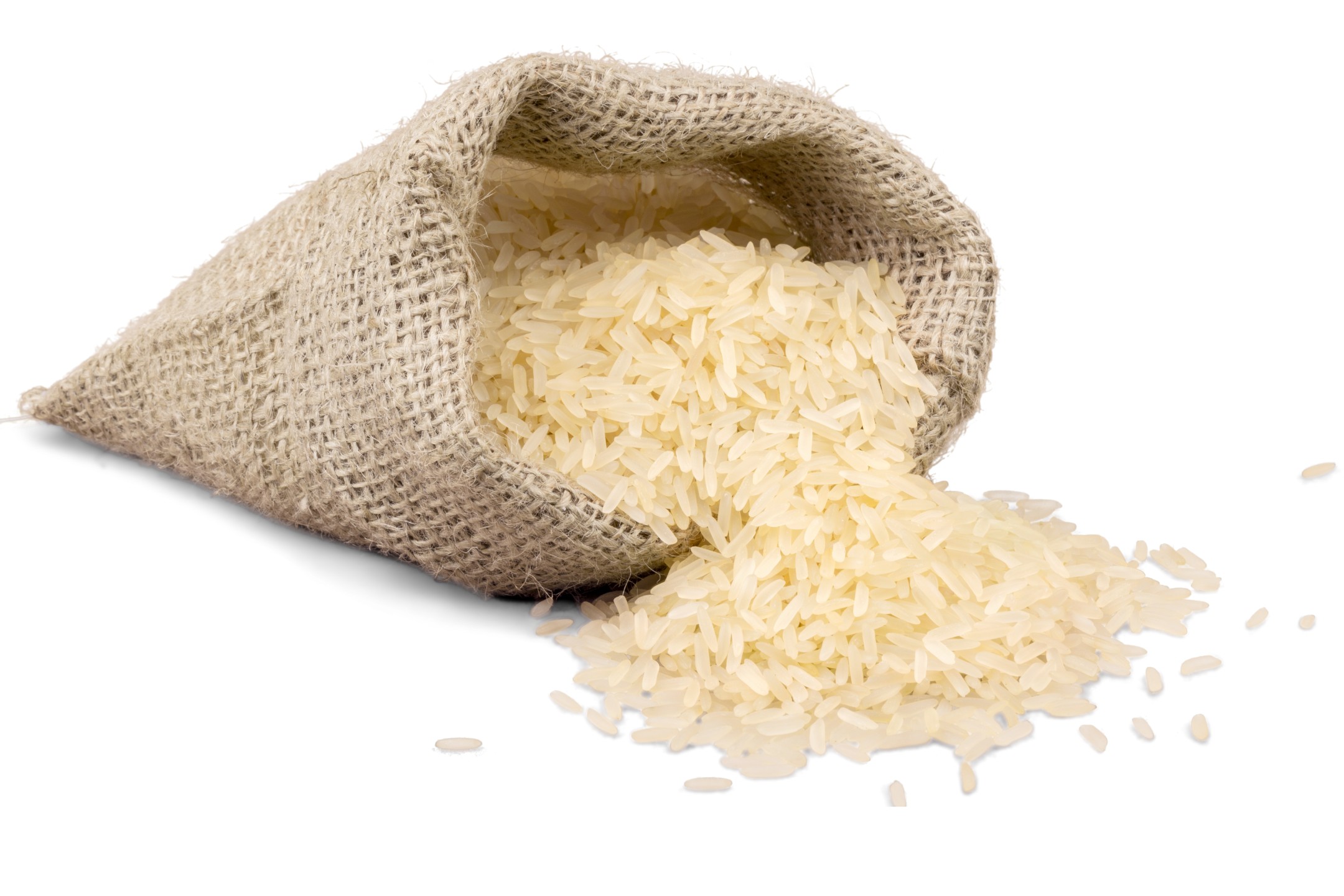
Detailed Report Sample On Rice Mill
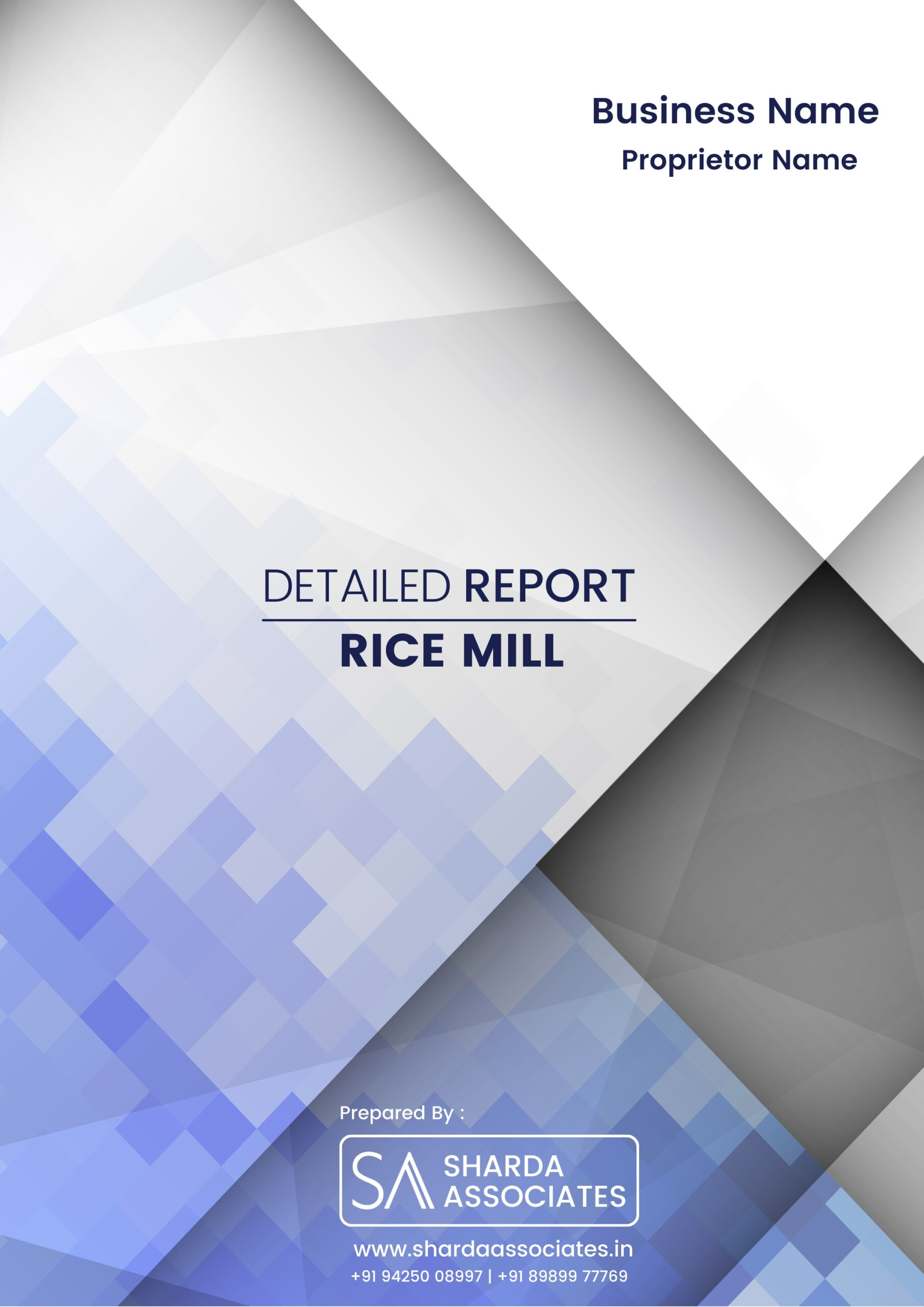
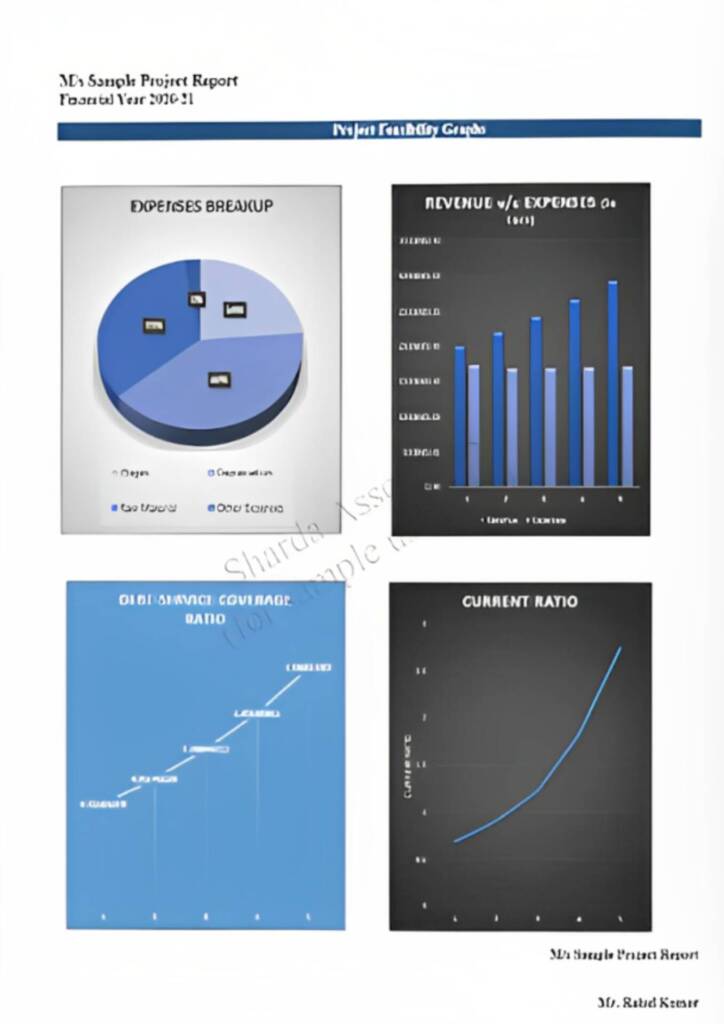
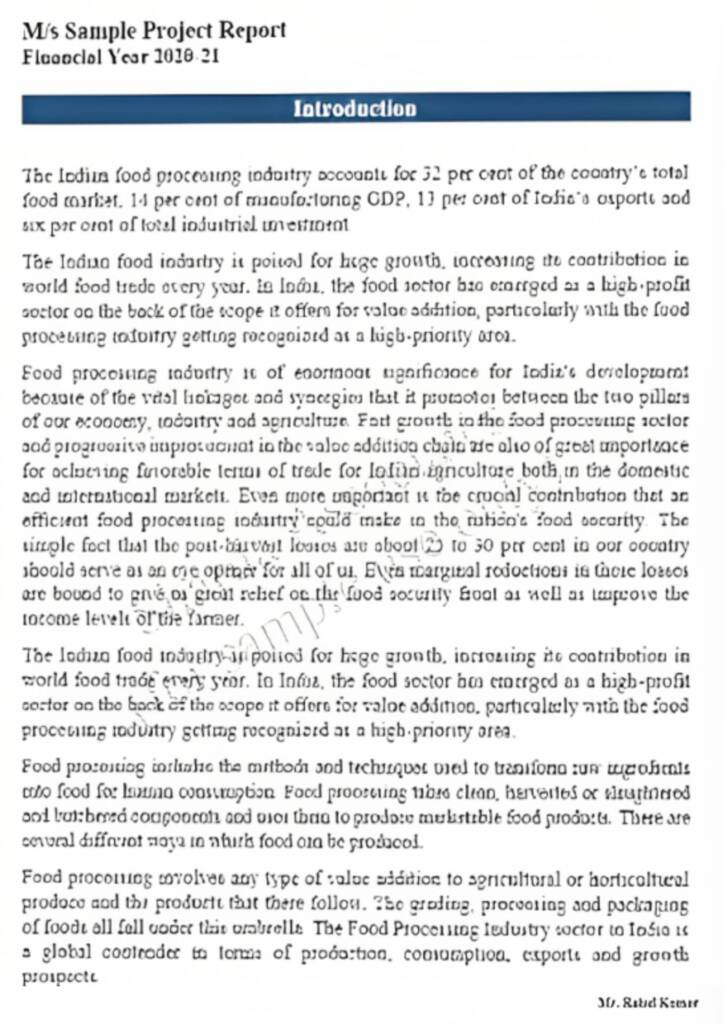
Market Potential Of Rice Mill
The India Rice Milling Market is expected to grow from US$ 64.5 Mn in 2021 to US$ 77.7 Mn by 2027. Over the 2022-2027 projection period, the market is expected to grow at a CAGR of 3.1%. Warehousing is the storage of goods and merchandise in order to preserve the quality and quantity of things awaiting future use. It is an essential component of the logistics value chain, serving as the node responsible for the collection, sorting, and distribution of commodities along the supply chain. Rice is a staple crop for 70% of the world’s population, hence demand for rice is predicted to rise over the projection period. Food security concerns around the world are fueling the growth of India’s rice sector, which, by exporting rice to various countries, contributes to global food security. The constant development of rice mill machinery around the world, as well as appealing packaging, enhances product demand in rising economies.
The growing demand for exotic rice types has expanded trade in long grain rice, propelling market growth. Furthermore, consumers’ constantly changing lifestyles and food preferences are driving the fast-food sector market, which is likely to cause significant growth during the forecast period. Furthermore, the global industry is expected to rise due to rising disposable incomes and a growing population.
In addition to modernization, rice millers should prioritize product quality and safety. This allows companies to differentiate themselves from their competitors and attract more customers looking for high-quality products. The rice milling sector in India has a promising future, as rice demand is predicted to rise further. The government has also been supportive of the business, introducing steps to encourage expansion and providing subsidies, tax breaks, and infrastructure support to rice millers.
Contents of Project Report
A project report helps you identify whether a project is worth pursuing. It presents the holistic view and brings complete insight of the business and its activity.
It acts as a guide for all the business operations, aids in taking all financial decisions related to the existing businesses and to the start-ups. It serves as roadmap to the business and provides information to the outsider who are wanting to know more about the business.
You will have the opportunity to build new goals and expansion ideas in one single document. Everyone, from the banks to potential investors, will need to have a look at the project report before they shell out any money.
A well drafted project report generally consists details about:
- Brief History of the Business
- The Promoters
- SWOT Analysis
- Industry Outlook
- Past Financial Statements
- Projected Financial Statements
- Infrastructure and Human Resource required
- CMA data
- Business model
- Requirement of Working Capital Funds
- Means of Finance
Other relevant information, if any.
